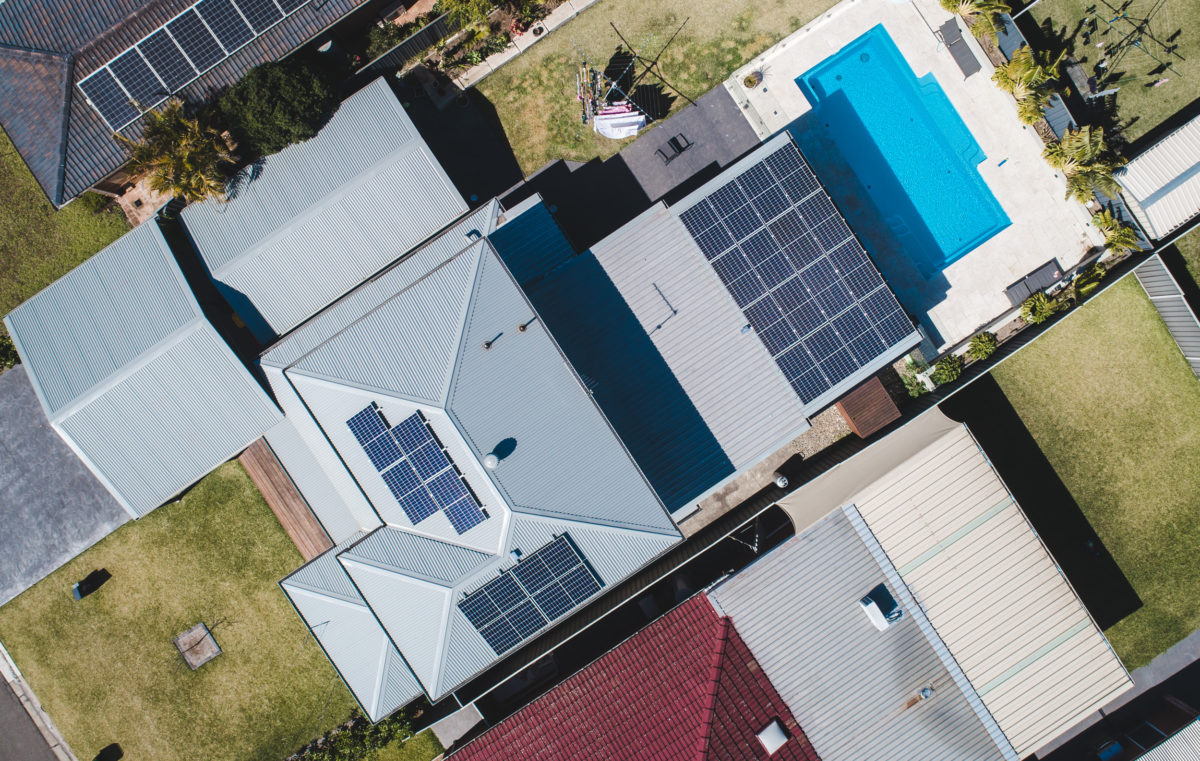The Australian Competition and Consumer Commission’s (ACCC) latest electricity markets report has found that residential and small business customers with solar PV systems paid much lower rates than non-solar customers thanks to feed-in tariff (FIT) payments earned for exporting electricity generated by their solar panels to the grid.
The Inquiry into the National Electricity Market report examined the residential and small business billing data of 11 electricity retailers, who together supply the majority of electricity customers across the National Electricity Market (NEM) states of New South Wales, South Australia, Queensland and Victoria.
The report, released on Friday, found the price paid by solar residential customers in the NEM was 7.9 c/kWh or 29% less than those paid by non-solar customers, after accounting for any FIT payments. Prices paid by small business customers with solar were 10.8 c/kWh or 31% less than their non-solar counterparts.
The average household with solar paid $94 less on their quarterly bill in 2020. Residential solar customers had a median quarterly bill of $253, down 2% on the previous year, while non-solar customers had a bill of $347, an 8% increase on 2019.
Small business customers also enjoyed lower bills with those of solar customers down 6% to $610. Bills for non-solar small business customers also decreased, dropping 16% from $545 to $458 courtesy of reduced business activity due to Covid-19 restrictions.
While the ACCC report highlighted the price advantages for solar customers, it also revealed early adopters of solar PV are better off than newer solar customers.
ACCC chair Rod Sims said those who had embraced solar PV early continue to benefit from premium FITs, the legacy subsidised rates that were set at much higher levels than the negotiated FITs that apply for electricity exported to the grid by newer solar customers.
Residential solar customers on premium rates earned more than two and a half times that earned by customers on negotiated rates due to their higher median feed-in rate, earning 53 c/kWh compared to 11 c/kWh. The average residential solar customer with premium rates earned $858 in 2020 while those on a negotiated FIT earned $307.
Small business solar customers on premium rates (55 c/kWh) earned three times that of customers on negotiated rates (11 c/kWh). The average small business customer with premium rates earned $1,993 compared to $553 for those on a negotiated rate.
The earnings discrepancy came in spite of solar customers on negotiated FITs supplying more electricity to the grid than those on premium rates.
“Customers on negotiated rates supplied higher volumes to the grid in 2020 than in 2019, while this was generally not the case for premium rate customers,” the report reads.
“This is likely due to negotiated customers investing in new solar capacity and also bigger systems being installed over time, whereas many of the eligibility requirements to remain on a premium rate prohibit augmenting the solar panel system, so the scope for premium rate solar customers to export more electricity to the grid over time is limited.”
The report shows that on average, residential solar customers on a negotiated FIT supplied 716 kWh to the grid while premium rate customers supplied 341 kWh.
Small business solar customers on a negotiated FIT supplied 1,177 kWh to the grid, while premium rate customers supplied 751 kWh.
“Solar installation in homes and small businesses has been one of the biggest changes in the electricity sector over the last decade,” Sims said.
“The early solar adopters who are receiving premium feed-in tariffs are getting great deals.”
This content is protected by copyright and may not be reused. If you want to cooperate with us and would like to reuse some of our content, please contact: editors@pv-magazine.com.









By submitting this form you agree to pv magazine using your data for the purposes of publishing your comment.
Your personal data will only be disclosed or otherwise transmitted to third parties for the purposes of spam filtering or if this is necessary for technical maintenance of the website. Any other transfer to third parties will not take place unless this is justified on the basis of applicable data protection regulations or if pv magazine is legally obliged to do so.
You may revoke this consent at any time with effect for the future, in which case your personal data will be deleted immediately. Otherwise, your data will be deleted if pv magazine has processed your request or the purpose of data storage is fulfilled.
Further information on data privacy can be found in our Data Protection Policy.